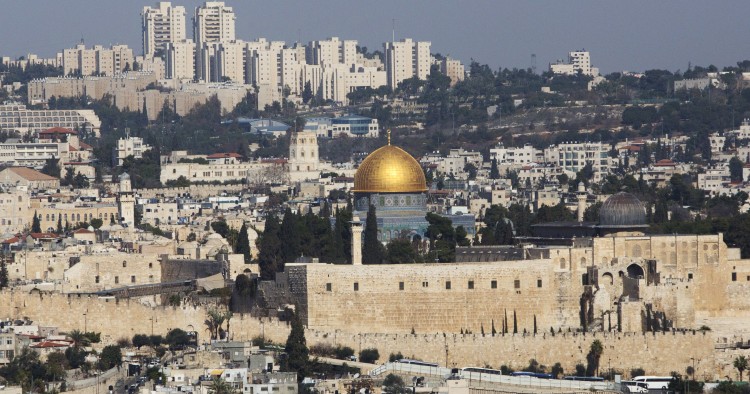Read the full article at Brookings. Amb. Daniel Kurtzer is a member of MEI's International Advisory Council.
Let’s take a moment for a thought experiment. I do this days after more Palestinian attacks on Israelis, including the horrific murder of a mother of six children; soon after Israel announced the expropriation of another 370 acres of land near Jericho; and after Majed Faraj, the Palestinian security chief, announced that Palestinian security forces had intercepted 200 potential terrorist attacks against Israel. The thought experiment focuses on whether the “Plan B” for the Israel-Palestine dispute should be Israel’s annexation of the territories it occupied in 1967 and the extension of full citizenship rights to the Palestinians in those areas.
To be sure, I still count myself among the dying breed of those who believe fervently in the two-state solution—two states living side by side in peace and security, each enjoying sovereignty and political independence in part of the land that both claim as their exclusive national homes. This is still the best, by far, of all possible outcomes of the dispute. This is not to say that the two-state solution is without faults. Thus far, the two sides have not been able to agree on critical details, and there is no guarantee that achieving two states would assure peaceful relations. But the two-state solution, based on partition of the land, appears to offer the best chance for long term peace. I would dump all Plan B’s and C’s in a heartbeat if leadership emerged in Israel and Palestine—and in the United States—that proved willing to move toward a two-state outcome.
The Middle East Institute (MEI) is an independent, non-partisan, non-for-profit, educational organization. It does not engage in advocacy and its scholars’ opinions are their own. MEI welcomes financial donations, but retains sole editorial control over its work and its publications reflect only the authors’ views. For a listing of MEI donors, please click here.













